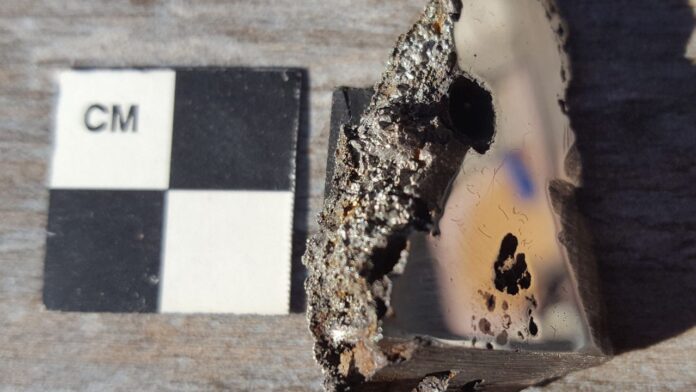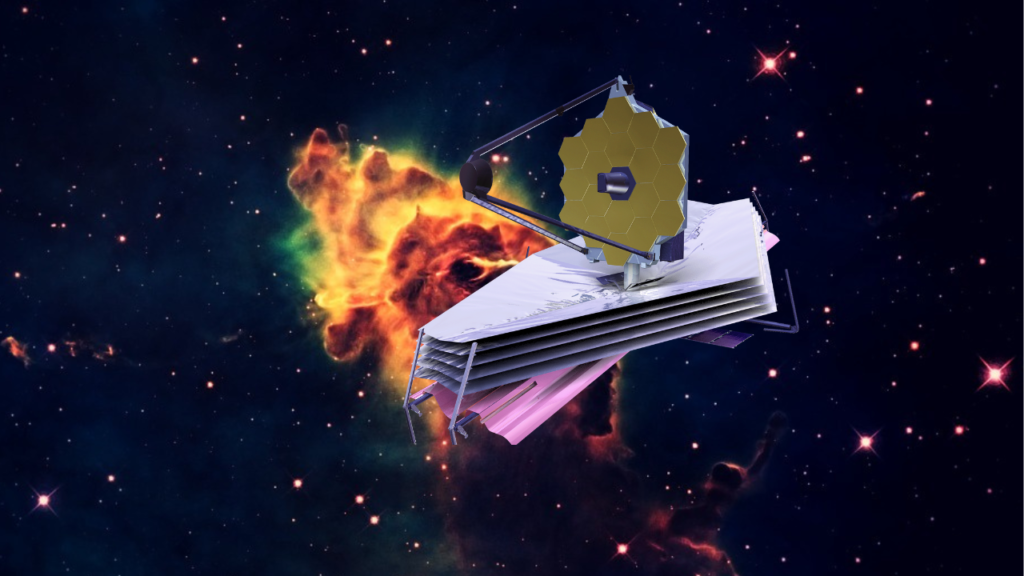In a news release by CNN, scientists have named two unprecedented minerals uncovered on earth in a 15.2-metric-ton meteorite found in a 70-gram piece of meteorite unearthed in Somalia in 2020. According to the University of Alberta, it is the ninth-largest meteorite to be discovered.
The curator of the university’s meteorite collection, Chris Hurd, obtained samples of the space rock for classification when he identified some parts of the specimen as unidentifiable under a microscope. For clarity, he sought the expertise of Andrew Lowcock, head of the university’s Electron Microprobe Laboratory, who has competence in describing new minerals.
“The first day he did some analyses, he said, ‘You have at least two new minerals in there. That was extraordinary; most of the time, it takes a lot of work to say there is new metal.” Hurd commented. The mineral’s name, Elaliite, comes from the space object itself, the “El Ali” meteorite, which was found in central Somalia.
In addition, the curator named the second mineral “Elkinstonite” after Lindy Elkins-Tanton, Vice- President of the Interplanetary Initiative at Arizona State University, Regent Professor in the university’s School of Earth and Space Exploration and Principal Investigator of NASA’s Psyche mission.
“Lindy has done a lot of work on planetary cores form, iron and nickel cores form, and our closest isotope is iron meteorites; it makes sense to name a mineral after him and thus recognise his contributions to science,” Hurd added.
Mineralogist and Research Professor in the Department of Earth Sciences at the University of Nevada, Las Vegas, Oliver Schooner, stated that the International Mineralogical Association’s acceptance of the two new minerals in November this year “suggests that the work is strong”.
“Any time you find a new mineral, it means that the actual geological conditions, the chemistry of the rock, were different than what was found before. So here’s what makes this exciting: In this particular meteorite, two minerals are officially described and are new to science.” Hurd pointed out.
According to the statement released by the University of Alberta, Lowcock’s fast recognition of the new minerals was possible due to related methods other similar minerals have been created synthetically; thus, he was able to equate the constituents of the new minerals to their artificial counterparts.
According to Alan Rubin, a Meteorite Researcher and former Associate Professor and Research Geochemist in the Department of Earth, Planetary, and Space Sciences at UCLA, “Materials scientists do this all the time, they might make new compounds, some just to see what is physically possible for research purposes, and others will say, ‘We are looking for a compound that has certain properties for some practical or commercial application, such as conductivity, high voltage, or a high melting temperature.’”
“It is serendipitous that a researcher finds a mineral in a previously unknown meteorite or terrestrial rock, and then often that same compound has been previously created by materials scientists.”
Schöoner said both of the new minerals are iron phosphates. Phosphate is a salt or ester of phosphoric acid.
“The phosphates found in iron meteorites are by-products: they are formed through the oxidation of phosphides … which are rare primary components of iron meteorites,” he explained via email. Therefore, the two new phosphates tell us about the oxidation processes in the meteorite material. It remains to be seen whether the oxidation occurred in space or on Earth after the fall, but as far as I know, many of these phosphate meteorites formed in space. Either way, water was likely the reactant that caused the oxidation.” Schooner commented.
The discoveries unveiled at the University of Alberta Symposium on Space Exploration in November, according to Rubin, expand our view on the kinds of natural materials that can be found and formed in the solar system.
“Any time a new material is discovered, materials scientists are also excited because of its vast potential use in society,” Hurd said.
Hurd stated that the meteorite of god from which the minerals came appears to have been shipped to find potential buyers in China. In the meantime, researchers are still analysing minerals, and possibly a third one, to see what conditions the meteorite was in when the space rock was formed.
Source: CNN
Galaxy Aerospace Ghana



